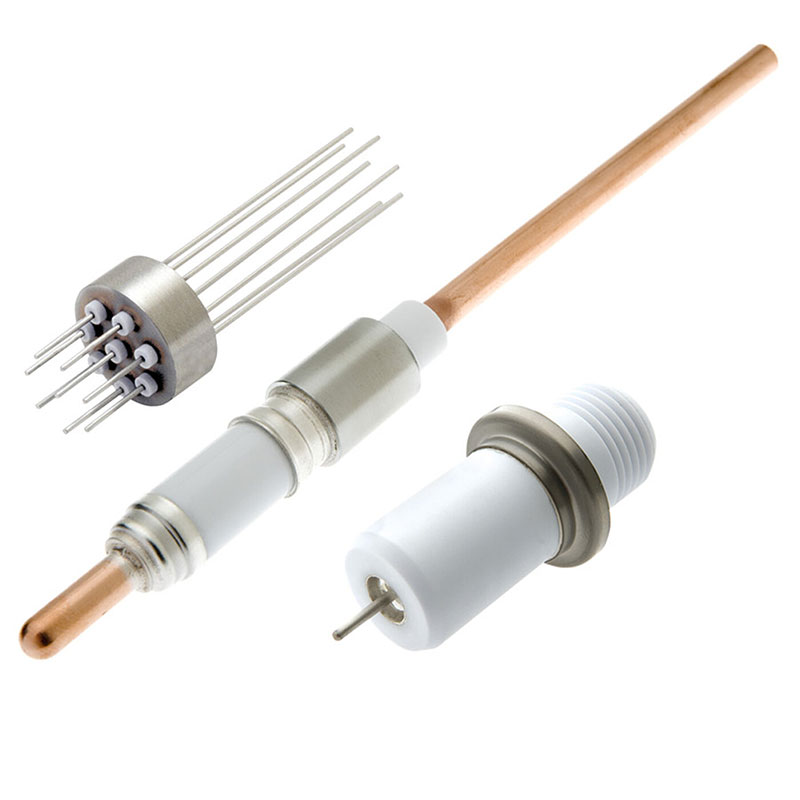Why Is Alumina Ceramic a Leading Material in Advanced Engineering Applications?
2025-06-26
Alumina ceramic, also known as aluminum oxide ceramic, is one of the most widely used technical ceramics in the world. Known for its outstanding hardness, high-temperature resistance, and excellent electrical insulation, alumina ceramics play a crucial role in a broad range of industrial, medical, and technological applications. But what makes this material so unique and valuable?

What Is Alumina Ceramic?
Alumina ceramic is a fine-grained, high-purity oxide ceramic made primarily from aluminum oxide. It is produced through sintering—where powder is compressed and heated at high temperatures—resulting in a strong, dense, and chemically stable material. Alumina is available in various purity levels (typically from 85% to 99.9%) depending on the application.
What Are the Key Properties of Alumina Ceramic?
Alumina ceramics are valued for a unique combination of mechanical, thermal, and electrical properties:
High Hardness and Wear Resistance: Alumina ranks about 9 on the Mohs hardness scale, just below diamond. This makes it ideal for abrasion-resistant applications.
Excellent Electrical Insulation: It acts as a perfect insulator in electrical and electronic components, even at high voltages.
High Thermal Stability: Alumina can withstand temperatures above 1,500°C without losing strength or structure.
Chemical Resistance: It is highly resistant to acids, alkalis, and organic solvents.
Low Thermal Expansion: Its dimensional stability makes it suitable for applications requiring precision under temperature changes.
Where Is Alumina Ceramic Used?
Thanks to its performance and versatility, alumina ceramic is used across numerous sectors:
Electronics: Substrates for semiconductors, circuit insulators, and housings.
Medical Devices: Dental implants, prosthetic components, and surgical tools.
Industrial Equipment: Wear-resistant liners, seals, and cutting tools.
Automotive: Sensor components, spark plug insulators.
Aerospace: Heat shields, guidance systems, and engine components.
How Does Alumina Compare to Other Ceramics?
Compared to other technical ceramics like zirconia, silicon carbide, or silicon nitride, alumina ceramic offers a cost-effective solution with a well-balanced performance profile. While zirconia may provide superior toughness and silicon carbide excels in thermal conductivity, alumina remains the top choice for general-purpose applications due to its availability, affordability, and strong overall properties.
What Are the Manufacturing Forms?
Alumina ceramics can be fabricated into many forms and shapes, including:
Tubes
Rods
Plates
Custom-molded parts
These can be further finished with grinding, lapping, or polishing to achieve precise tolerances and smooth surfaces.
Conclusion
Alumina ceramic stands out as a high-performance material that delivers durability, stability, and reliability across a wide range of demanding environments. Whether in high-tech electronics, advanced medical equipment, or heavy-duty industrial machinery, alumina ceramics continue to set the standard for excellence in modern engineering. Their adaptability and performance ensure they will remain a vital material in future technological innovations.


